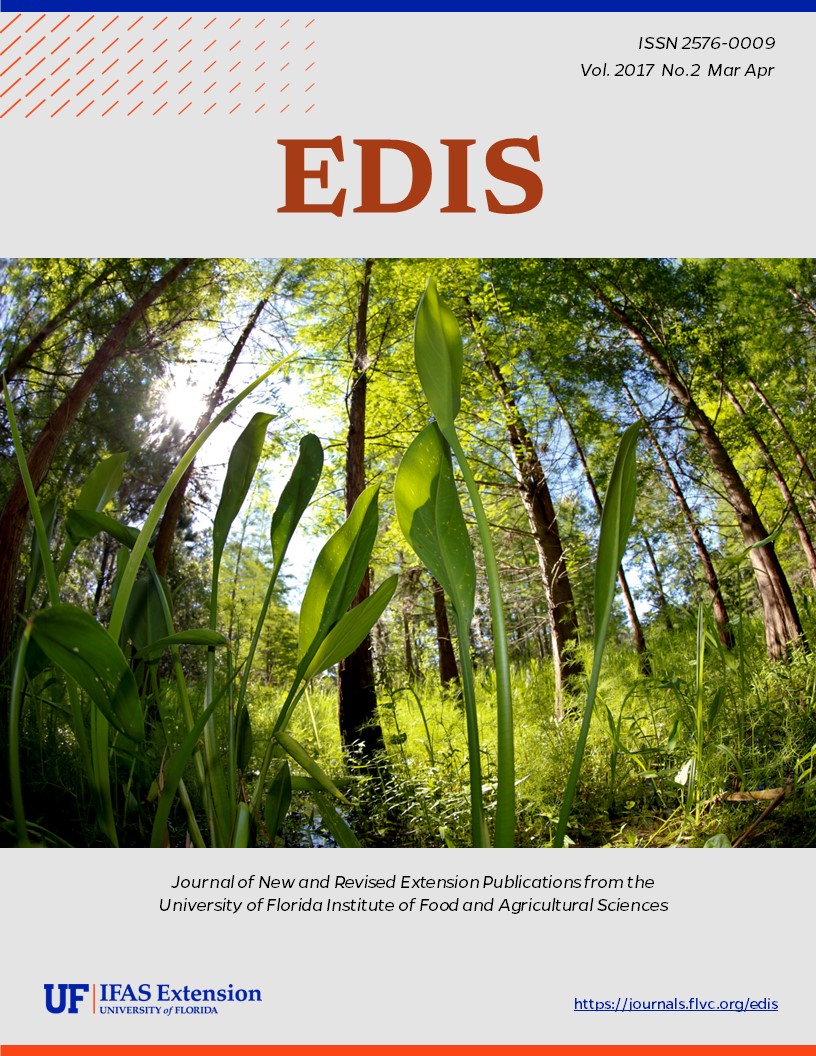Resumen
The eastern oyster (Crassostrea virginica) provides many important functions in coastal environments, from serving a crucial role in the estuary’s food web to improving water quality for beachgoers and wildlife. Oysters are also a popular food choice for people. At times the commercial industry landings value has topped $8 million annually in Florida. This 2-page fact sheet is one in a series that highlights some of the key ecological and human factors important to the long-term sustainability of this valuable fishery. Written by Erik Lovestrand and published by the Florida Sea Grant College Program, April 2017.

